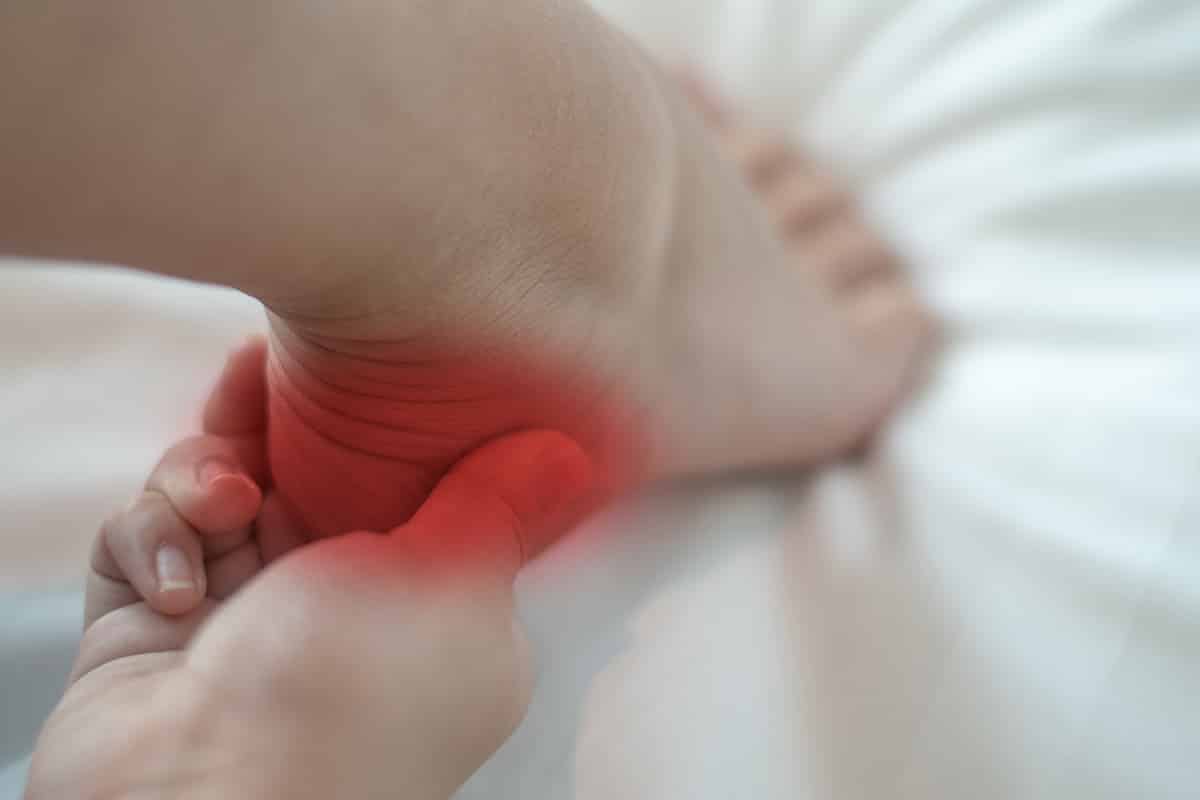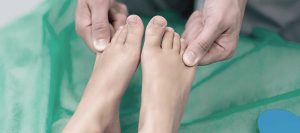
The heel bone, or calcaneus, is the largest bone in the foot and is the first part of your body to contact the ground when you walk.
Every step you take – and you take lots of them every day – is yet another hard impact on your heel bone, which is also supporting your entire body weight at the same time.
As tough and resilient as your heels are and need to be to do all this work, they aren’t indestructible, especially as the years pile up.
It is no surprise then that heel problems and the pain that usually comes with them are a common affliction, especially as we get older.
Perhaps the two most prevalent sources of heel pain are plantar fasciitis and heel spurs, two closely associated conditions that can lead to chronic pain and discomfort, mobility challenges, and a general diminishing of your quality of life.
What Are Heel Spurs?
Also called calcaneal spurs, heel spurs are bony, pointed outgrowths that develop on the heel bone because of the buildup of calcium deposits on the heel bone’s underside.
Heel spurs can appear either at the back of the heel or under the heel, below the arch of the foot.
Heel spurs that develop at the back of the heel are frequently associated with inflammation of the Achilles tendon (tendinitis).
When spurs manifest themselves under the heel and the sole, it is often due to problems with the plantar fascia, a thick band of tissue which runs along the bottom of your foot, connecting the heel bone to the toes.
Plantar fasciitis, which can lead to heel spurs, is a biomechanical condition caused by intense and ongoing pressure that damages the tissue and causes inflammation, pain, or stiffness at the sole.
What Are The Causes of Heel Spurs
Spurs frequently appear in athletes and other individuals whose exercise regimens or daily activities involve hard and frequent impacts on the feet and heels.
You have a higher chance of developing heel spurs if you:
- Have an abnormal walking gait that puts excessive stress on the heel bone, ligaments, and nerves near the heel
- Run or jog regularly, especially on hard surfaces
- Wear poorly fitting or badly worn shoes, especially shoes with inadequate arch support
- Carry excess weight or are obese
The Process Of Treating Heel Spurs
At the Advanced Heel Pain Centers of South Florida, we can use non-invasive treatments like the stretching, physical therapy, orthotics, regenerative procedures, and over-the-counter pain relievers to effectively treat heel spurs in about 90% of cases.
If pain and problems persist after these treatment efforts to treat the condition, we also offer the following in-office services to help our patients get relief from heel pain:
- Platelet-rich plasma injections to decrease the thickness of the plantar fascia. This procedure usually involves two to seven days of recovery time with no weight-bearing.
- Stem cell therapy that can promote tissue healing, repair, and regeneration. Patients usually see noticeable improvement in heel pain in two to six weeks.
For more severe cases, surgery may be the best way to lower inflammation, relieve pain, and restore full mobility.
Schedule A Virtual Consultation Today
Our new Advanced Heel Pain Centers of South Florida, a specialized extension of JAWS Podiatry, is the first specialty care center in the region to focus exclusively on treating heel pain and its underlying conditions.
We offer patients the most advanced treatment choices available.
Using the latest technology and leveraging the experience, knowledge, and skills of our exceptional podiatrists, we bring relief, increased mobility, and a better quality of life to patients who struggle every day with heel pain, discomfort, and other problems.
If you’re anywhere throughout the United Sates or beyond, please call us today at (954) 922-7333 or contact us online to schedule a consultation.
- The Life-Changing Power of Cosmetic Foot Surgery - February 27, 2023
- What Are The Most Common Pediatric Foot Conditions? - October 5, 2020
- 4 Important Things To Know Before Having Foot Surgery - September 21, 2020



